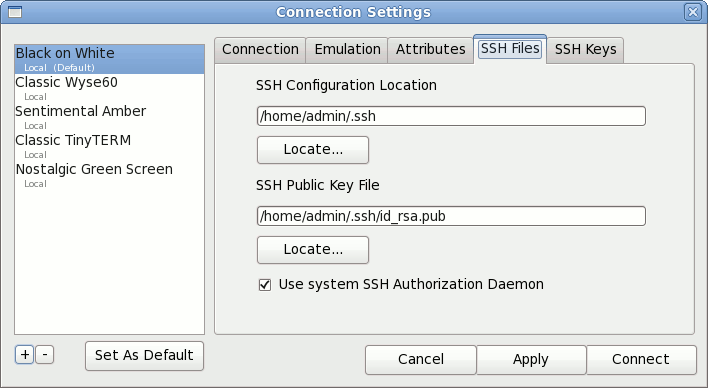

This section explains Apache2 server essential configuration parameters. The server also reads a file containing mime document types the filename is set by the TypesConfig directive, typically via /etc/apache2/mods-available/nf, which might also include additions and overrides, and is /etc/mime.types by default. Changes to the main configuration files are only recognized by Apache2 when it is started or restarted.

Any directive may be placed in any of these configuration files. In addition, other configuration files may be added using the Include directive, and wildcards can be used to include many configuration files. Magic: instructions for determining MIME type based on the first few bytes of a file. Similarly when a configuration file in sites-available is symlinked, the site configured by it will be active once Apache2 is restarted. Sites-enabled: like mods-enabled, sites-enabled contains symlinks to the /etc/apache2/sites-available directory. Virtual Hosts allow Apache2 to be configured for multiple sites that have separate configurations. Sites-available: this directory has configuration files for Apache2 Virtual Hosts. nf: houses the directives that determine which TCP ports Apache2 is listening on. When a module configuration file is symlinked it will be enabled the next time apache2 is restarted. Mods-enabled: holds symlinks to the files in /etc/apache2/mods-available. Not all modules will have specific configuration files, however. Mods-available: this directory contains configuration files to both load modules and configure them. When a configuration file is symlinked, it will be enabled the next time apache2 is restarted.Įnvvars: file where Apache2 environment variables are set. All files that were previously in /etc/apache2/conf.d should be moved to /etc/apache2/conf-available.Ĭonf-enabled: holds symlinks to the files in /etc/apache2/conf-available. In Ubuntu, all configuration options have been moved to nf and the below referenced directories, and this file no longer exists.Ĭonf-available: this directory contains available configuration files. In other distributions (or older versions of Ubuntu), the file might be present.

nf: historically the main Apache2 configuration file, named after the httpd daemon.

Contains settings that are global to Apache2. These directives are separated between the following files and directories:Īnf: the main Apache2 configuration file.
Tn5250 web server install#
To install Apache2:Īt a terminal prompt enter the following command: sudo apt install apache2Īpache2 is configured by placing directives in plain text configuration files. The Apache2 web server is available in Ubuntu Linux. This configuration is termed LAMP (Linux, Apache, MySQL and Perl/Python/PHP) and forms a powerful and robust platform for the development and deployment of Web-based applications. Protocols such as Hyper Text Transfer Protocol over Secure Sockets Layer (HTTPS), and File Transfer Protocol (FTP), a protocol for uploading and downloading files, are also supported.Īpache Web Servers are often used in combination with the MySQL database engine, the HyperText Preprocessor (PHP) scripting language, and other popular scripting languages such as Python and Perl. For example, to view the home page of the Ubuntu Web site a user will enter only the FQDN: To view the community sub-page, a user will enter the FQDN followed by a path: The most common protocol used to transfer Web pages is the Hyper Text Transfer Protocol (HTTP). Users enter a Uniform Resource Locator (URL) to point to a Web server by means of its Fully Qualified Domain Name (FQDN) and a path to the required resource. Clients typically request and view Web pages using Web browser applications such as Firefox, Opera, Chromium, or Internet Explorer. Web servers are used to serve Web pages requested by client computers. Multi-node Configuration with Docker-ComposeĪpache is the most commonly used Web server on Linux systems.


 0 kommentar(er)
0 kommentar(er)
